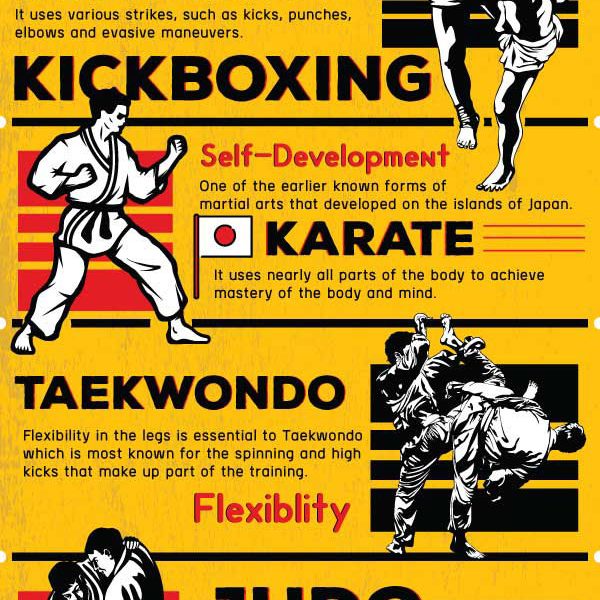Standard Martial Arts Vs. Modern Combat Sports: Recognizing The Key Distinctions
Standard Martial Arts Vs. Modern Combat Sports: Recognizing The Key Distinctions
Blog Article
Material Develop By-Thuesen Brady
When you consider martial arts, do you lean much more toward the traditional practices or the contemporary battle sporting activities? Each path offers one-of-a-kind advantages and experiences, formed by their philosophies and training approaches. Typical martial arts highlight personal growth and self-control, while modern battle sports concentrate on competition and efficiency. Comprehending these distinctions can lead you in choosing the appropriate method for your trip. But how do these differences materialize in training and approach?
The Philosophy and Background Behind Traditional Martial arts
While lots of people link martial arts with physical combat, the ideology and history behind standard martial arts run much deeper. You'll discover that these self-controls stress individual development, discipline, and respect.
Originating from old practices, standard martial arts were typically created for Self-Defense and spiritual development. They embody principles such as equilibrium, consistency, and self-control, leading specialists beyond simple fighting skills.
As ksdi kajukenbo train, you'll not just learn techniques but likewise get understandings right into the society and values that formed these arts. The routines and practices, typically given with generations, cultivate a sense of neighborhood and belonging.
The Affordable Nature of Modern Combat Sports
Modern combat sports have changed the landscape of martial arts right into a highly competitive arena, where professional athletes take on in a test of skill, method, and endurance.
You'll see that competitors are typically organized with rigorous rules and laws, making sure justice and security. These events attract big target markets, sustaining the exhilaration and strength of competitions.
Athletes educate carefully, not just for physical prowess yet also for mental sturdiness, knowing that every detail counts in the ring. https://www.kcentv.com/article/news/local/grapplers-lair-in-temple-hosting-free-clinic/500-f617d382-64f9-45bc-82a6-b2eb490f0fba during competitions is apparent, as competitors push their limits to claim victory.
https://kamerongmswc.tkzblog.com/34841761/advantages-of-martial-arts-for-young-people-establishing-self-assurance-and-self-control and artistry involved, making modern battle sporting activities a thrilling spectacle that remains to develop and captivate enthusiasts worldwide.
Training Techniques and Strategies: A Comparative Evaluation
The competitive environment of modern-day battle sports needs cutting-edge training techniques that vary substantially from typical martial arts.
In modern-day training, you'll concentrate on details techniques, sparring, and conditioning, often making use of drills that imitate real fight situations. You'll see a focus on quantifiable efficiency and regular competitors to analyze your skills.
In contrast, standard martial arts prioritize forms, katas, and thoughtful trainings, typically highlighting technique and regard over competition.
Training is normally less intense and might entail repetitive technique instead of real-time sparring.
While both techniques build skill and health and fitness, contemporary fight sporting activities offer a much more vibrant and versatile training atmosphere, preparing you for prompt obstacles in the ring or cage.
Select the path that straightens with your objectives and interests.
Conclusion
In choosing between conventional martial arts and contemporary fight sporting activities, it really comes down to what you value many. If you're searching for individual growth, discipline, and a feeling of neighborhood, traditional arts could be your finest fit. Yet if you flourish on competitors and real-time obstacles, modern combat sporting activities could be the way to go. Inevitably, both courses supply unique benefits, so it's everything about straightening your training with your individual objectives and passions.
